In the world of feline companions, emotional resilience is more than just a trendy phrase; it’s a necessity. Cats, like humans, experience stress, anxiety, and fear. Building emotional resilience in your beloved pet can lead to a happier, healthier, and more harmonious life together. Whether you’re a seasoned cat owner or a new pet parent, understanding how to nurture your cat’s emotional strength can create a lasting bond. Dive into the following sections to explore practical tips and insights into fostering emotional resilience in your feline friend.
Understanding Feline Emotions
Cats, much like people, experience a wide range of emotions. From joy to fear, these feelings can influence their behavior and overall well-being. Understanding these emotions is the first step in building emotional resilience. Cats may express happiness through purring or playfulness, while fear or stress might manifest as hiding or aggression. Observing these cues can offer valuable insights into your cat’s emotional state. Recognizing these signs enables you to address their needs more effectively, ensuring a more stable emotional environment for them.
The Importance of a Safe Environment
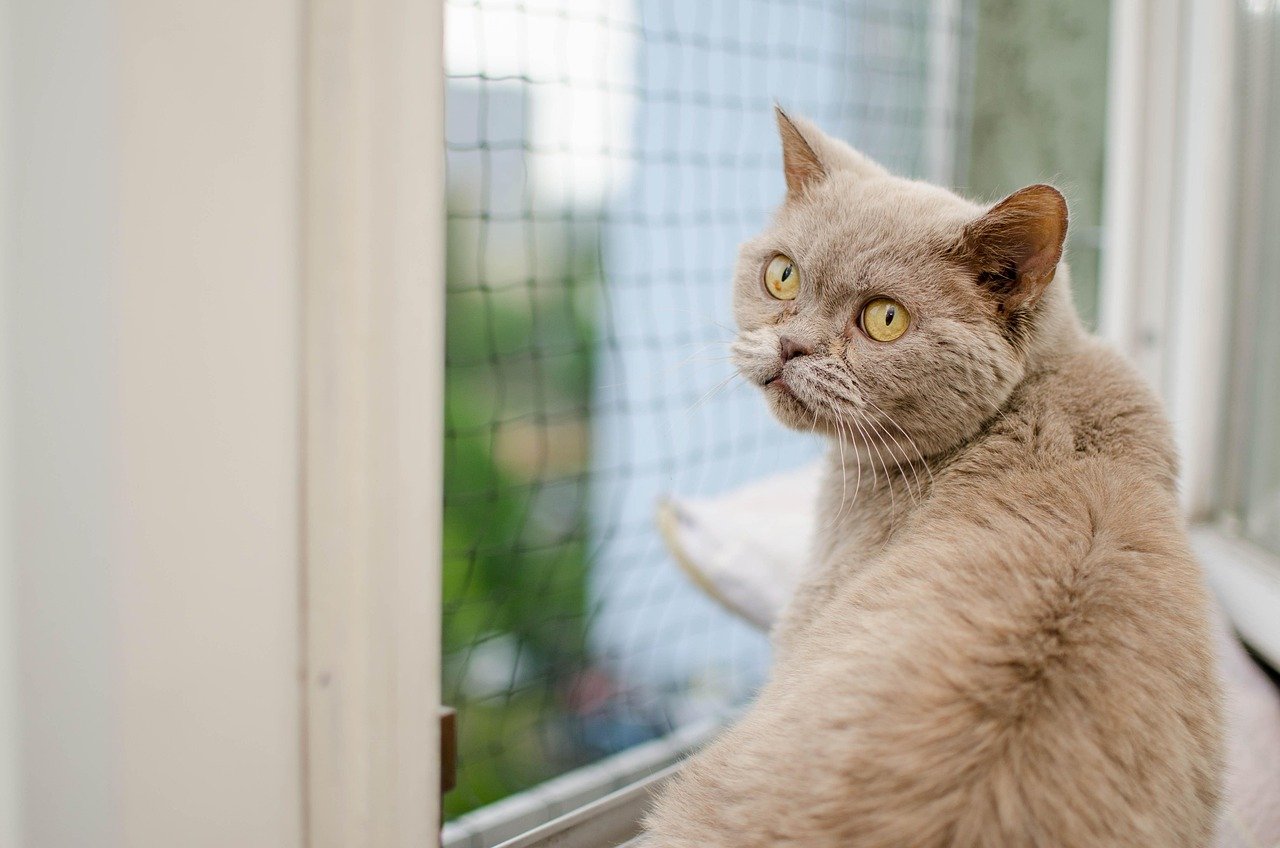
Creating a safe space is fundamental to boosting your cat’s emotional resilience. Just as humans find comfort in a cozy home, cats need a haven where they feel secure. This includes quiet sleeping areas, safe hideaways, and access to fresh water and food. A consistent environment reduces stress and prevents anxiety from external changes. By eliminating potential threats or disturbances, you lay the groundwork for a happy and resilient cat. A well-organized and predictable environment can be a sanctuary for your furry friend.
Consistency in Daily Routines
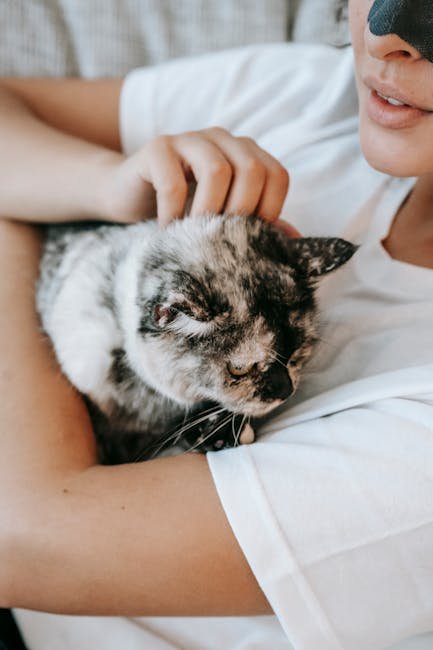
Cats are creatures of habit, and they thrive on routine. Consistency in feeding times, play sessions, and grooming rituals can significantly impact their emotional health. Regularity provides a sense of security, helping them anticipate what comes next. This predictability reduces anxiety and fosters trust between you and your pet. By adhering to a daily routine, you provide a stable foundation that supports their emotional growth and resilience. A predictable schedule can be the anchor your cat needs amidst life’s uncertainties.
Socialization and Interaction
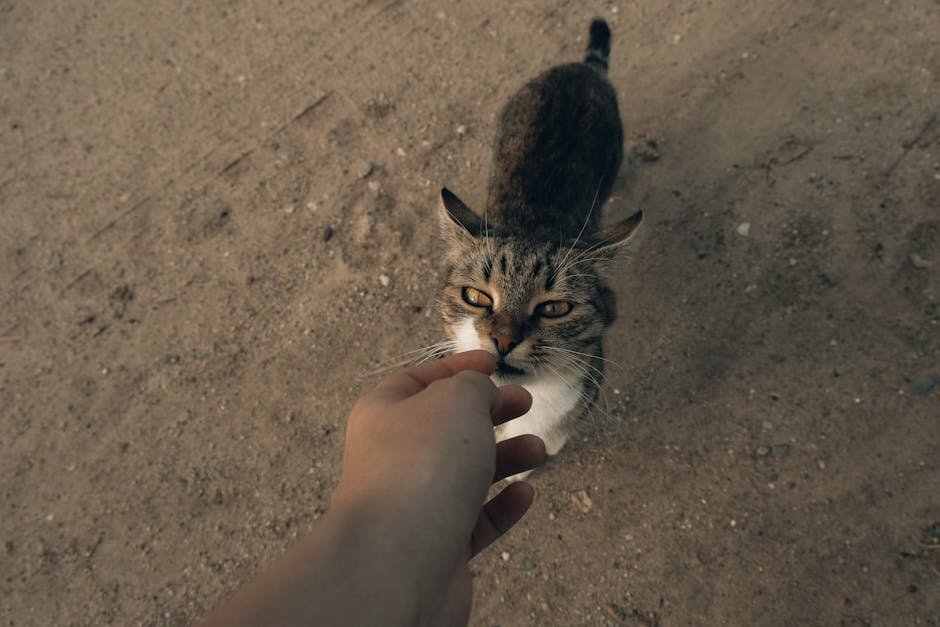
Socialization is key to developing a well-rounded and emotionally resilient cat. Introduce them to different people, animals, and environments gradually. Positive interactions encourage confidence and reduce fear of the unknown. Engaging your cat in social play and gentle interactions can strengthen their social skills and emotional intelligence. These experiences build a robust emotional foundation, allowing them to adapt to new situations more comfortably. Socialization is an investment in your cat’s emotional future.
Recognizing Stress Triggers
Identifying and managing stress triggers is crucial in enhancing a cat’s emotional resilience. Common stressors include loud noises, unfamiliar visitors, and changes in the home environment. Observing how your cat reacts to these situations can help you mitigate their impact. Providing a safe retreat or using calming products like pheromone diffusers can alleviate stress. Understanding and addressing these triggers empowers you to create a more peaceful and emotionally stable environment for your cat.
The Role of Play in Emotional Health
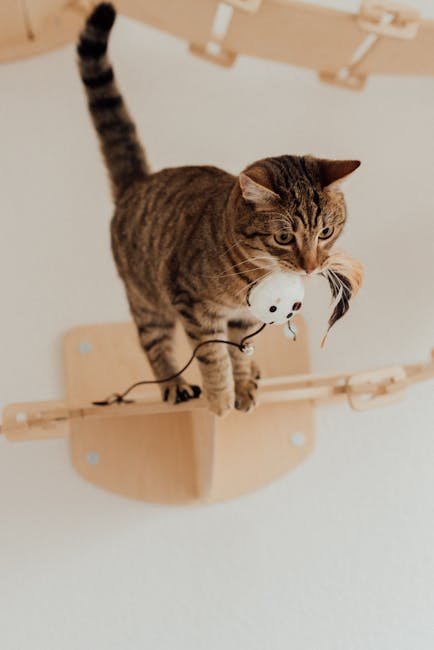
Playtime is not just fun; it’s an essential component of emotional well-being for cats. Engaging in interactive play stimulates their mind, relieves stress, and strengthens the bond between you and your pet. Toys that mimic prey can satisfy their hunting instincts, while puzzle toys engage their problem-solving skills. Regular playtime provides an outlet for pent-up energy and fosters emotional resilience. Play is a joyful path to a balanced and emotionally healthy cat.
Nutrition’s Impact on Mood

A cat’s diet can play a significant role in their emotional and physical health. Nutrient-rich foods provide the energy and vitality needed to cope with daily stressors. Omega-3 fatty acids, taurine, and a balanced diet contribute to brain health and mood regulation. Consulting with a veterinarian can ensure your cat receives the appropriate nutrition for their specific needs. A healthy diet fuels not only their body but also their emotional resilience, enabling them to face life’s challenges with vigor.
Positive Reinforcement Techniques
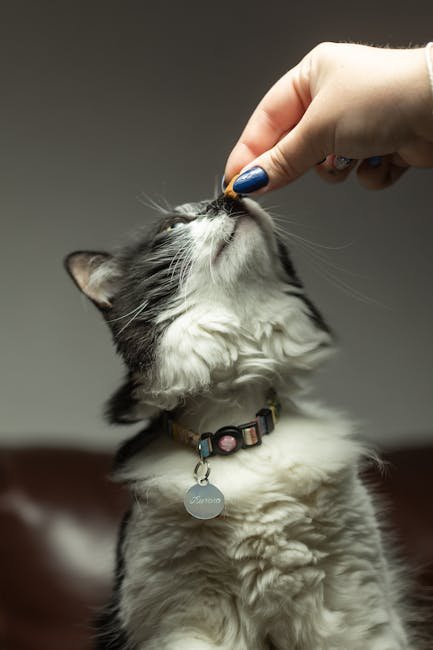
Positive reinforcement is an effective method for encouraging desired behaviors and building confidence in cats. Rewarding your cat with treats, affection, or praise when they exhibit calm or confident behavior reinforces these positive actions. This approach builds trust and strengthens your bond with your pet. Over time, positive reinforcement fosters emotional resilience by boosting their self-esteem and reducing fear-based reactions. Encouragement and rewards pave the way for a more emotionally balanced cat.
Understanding and Respecting Boundaries
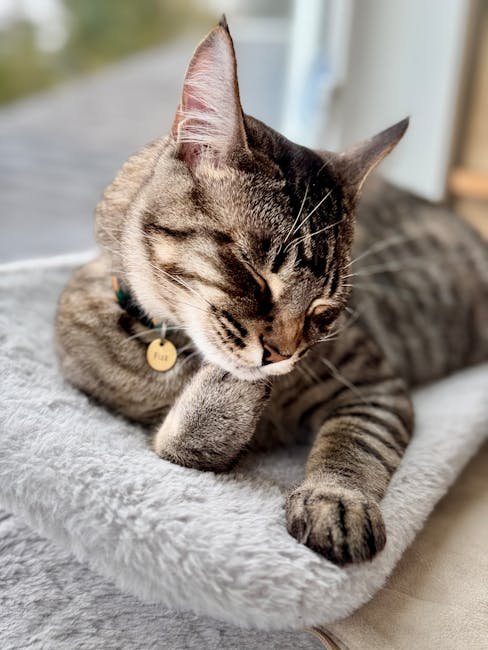
Respecting your cat’s personal space and boundaries is vital in nurturing their emotional resilience. Cats have unique preferences for interaction, and pushing them beyond their comfort zone can lead to stress. Observing their body language and responding appropriately helps to build trust. Allowing your cat to approach interactions on their terms fosters a sense of control and security. Recognizing and honoring their boundaries cultivates a respectful and emotionally supportive relationship.
Providing Mental Stimulation
Mental stimulation is crucial for a cat’s emotional and cognitive development. Enriching their environment with toys, scratching posts, and interactive puzzles engages their mind and reduces boredom. Mental challenges encourage problem-solving and boost confidence. Rotating toys and introducing new activities keeps their environment exciting and stimulating. A mentally engaged cat is more likely to be emotionally resilient and adaptable to change.
Regular Health Check-Ups
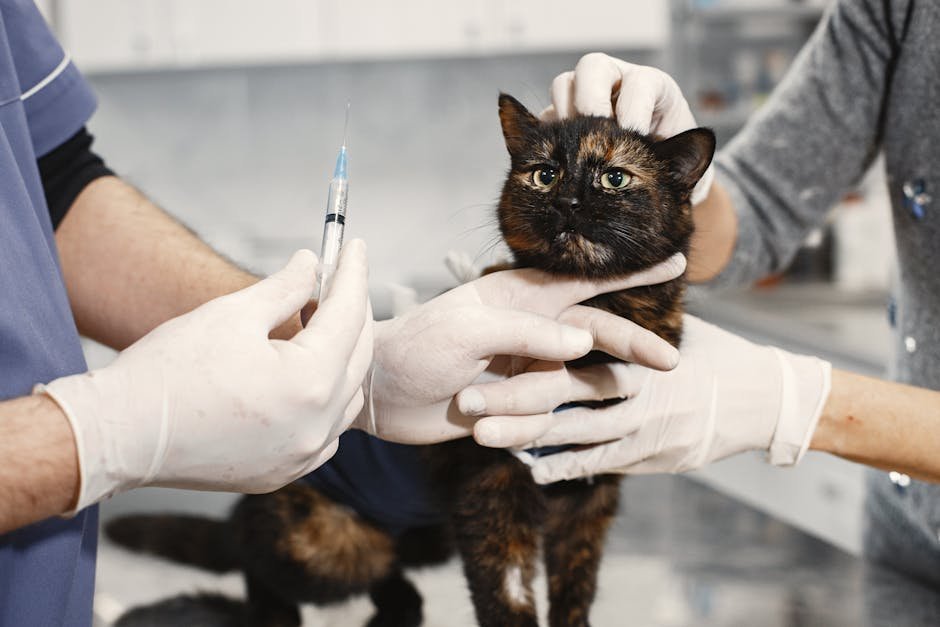
Routine veterinary check-ups are essential for maintaining your cat’s overall health and emotional well-being. Regular visits ensure that any underlying medical issues are addressed promptly. Health problems can contribute to stress and anxiety, so keeping your cat in optimal health supports their emotional resilience. Open communication with your veterinarian about your cat’s behavior and any concerns can lead to a more comprehensive care plan. A healthy cat is a happy and emotionally balanced one.
Building Trust Through Gentle Handling
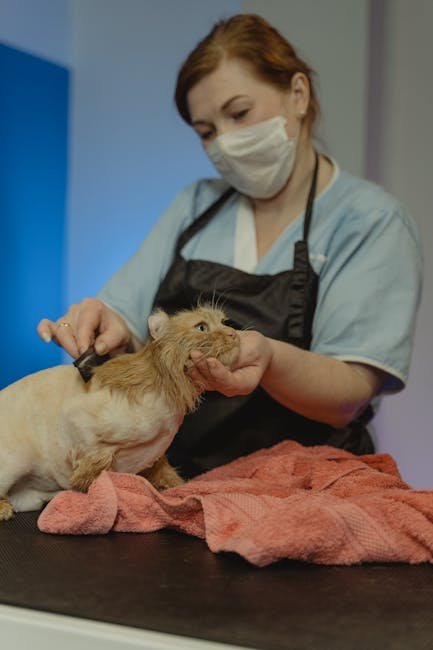
Handling your cat gently and respectfully strengthens the bond and builds trust. Cats are sensitive creatures, and rough handling can lead to fear and anxiety. Using a calm and gentle approach reassures them and fosters a sense of safety. Gentle handling during grooming, play, and daily interactions promotes positive associations and emotional security. Building trust through kindness and patience is a cornerstone of emotional resilience.
Encouraging Independence
Encouraging your cat’s independence builds confidence and self-reliance. Providing opportunities for exploration and solitary play allows them to develop problem-solving skills. Independent activities, such as watching birds through a window or exploring a new toy, foster curiosity and adaptability. While companionship is essential, balancing it with independence supports emotional growth. A confident and self-assured cat is better equipped to handle life’s challenges.
Introducing New Experiences Gradually
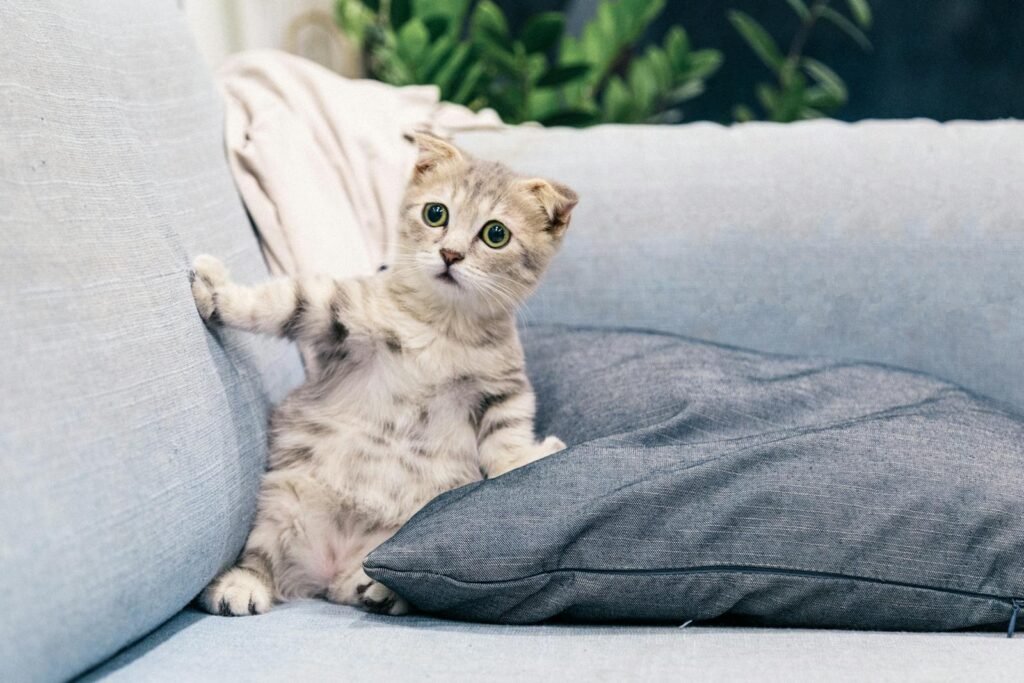
Gradual exposure to new experiences minimizes stress and enhances emotional resilience. Whether it’s introducing a new pet, moving to a new home, or encountering different environments, slow and steady exposure helps your cat adjust. Positive reinforcement during these experiences reinforces confidence and reduces fear. By allowing your cat to acclimate at their own pace, you build resilience and adaptability to change. Patience and gradual introduction pave the way for a more emotionally resilient cat.
Using Calming Techniques
Calming techniques, such as gentle music or pheromone diffusers, can create a serene environment for your cat. These tools help alleviate anxiety and stress, promoting relaxation and emotional balance. Incorporating calming techniques during stressful situations, like vet visits or thunderstorms, provides comfort and reassurance. Experimenting with different calming methods allows you to find what works best for your cat. A calm environment supports emotional resilience and well-being.
The Power of Love and Affection
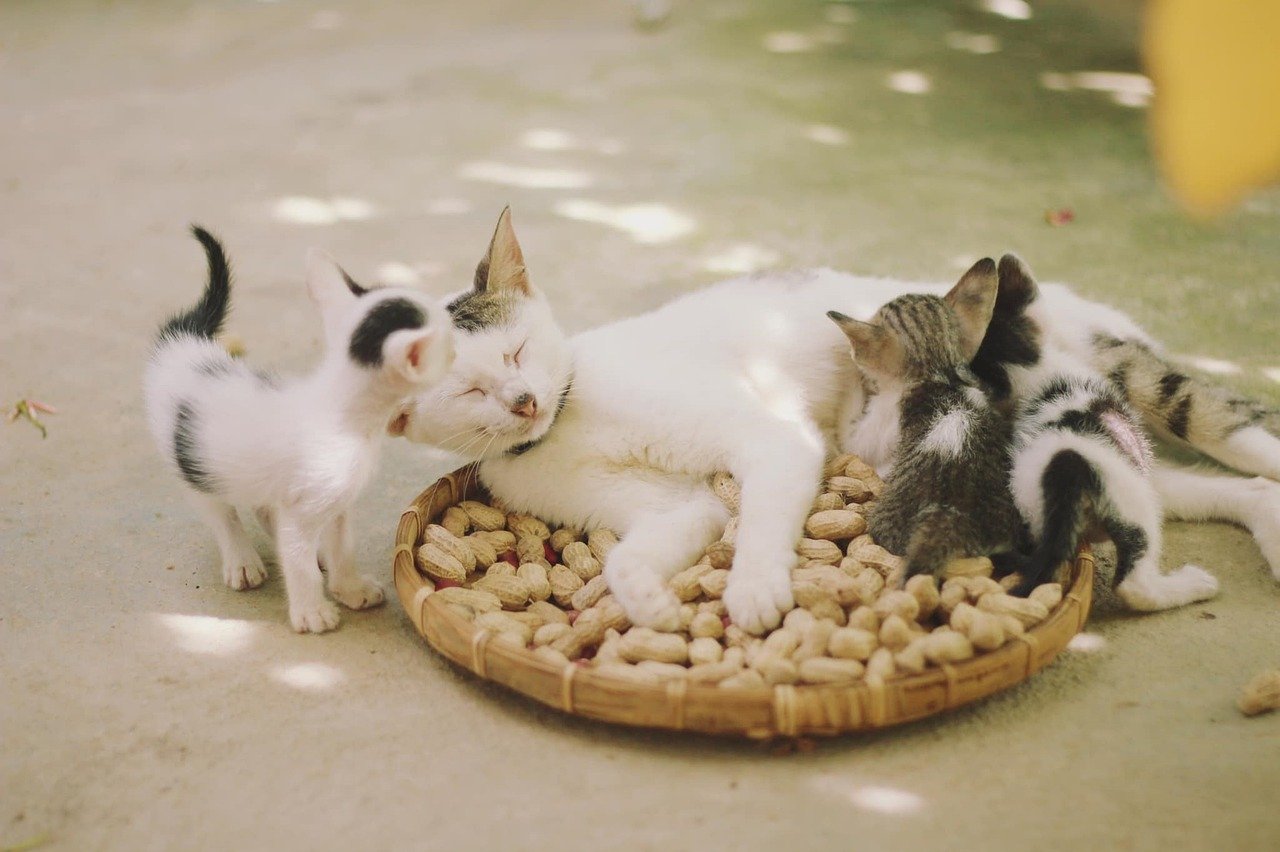
Love and affection are the cornerstones of emotional resilience in cats. Regular cuddles, gentle petting, and verbal affirmations strengthen the bond between you and your pet. Cats thrive on attention and positive interactions, reinforcing their sense of security and belonging. Providing unconditional love and affection creates a nurturing environment that supports their emotional growth. A loving relationship is the foundation of a resilient and emotionally healthy cat.
Monitoring Behavioral Changes
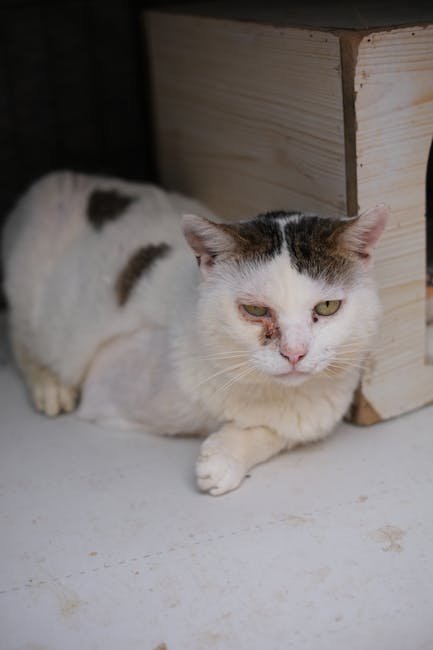
Keeping an eye on your cat’s behavior is crucial for understanding their emotional state. Sudden changes, such as increased aggression or withdrawal, may indicate stress or discomfort. Monitoring these changes allows you to address potential issues promptly. Consulting with a veterinarian or animal behaviorist can provide insights and solutions. Being attuned to your cat’s behavior supports their emotional well-being and resilience.
Creating a Stress-Free Zone
Designating a stress-free zone in your home provides a sanctuary for your cat. This area should be free from loud noises, disturbances, and other stressors. Comfortable bedding, toys, and hiding spots create a safe and peaceful retreat. Access to this zone allows your cat to decompress and recharge when needed. A stress-free zone is a vital component of emotional resilience, offering a refuge from life’s challenges.
Encouraging Natural Behaviors
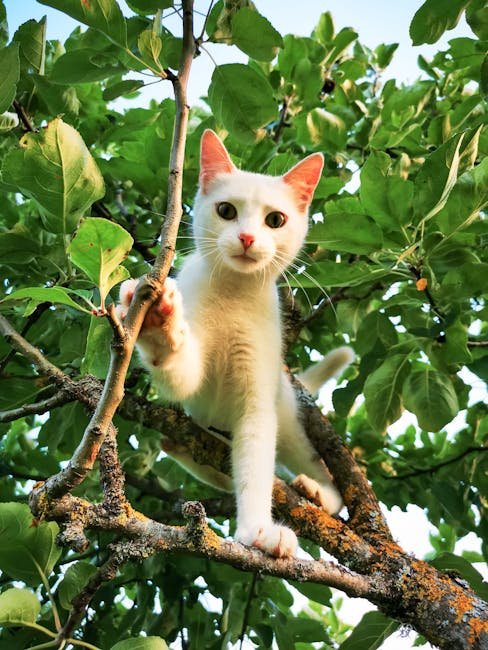
Allowing your cat to engage in natural behaviors promotes emotional and physical health. Activities like scratching, climbing, and hunting support their instincts and provide mental stimulation. Providing outlets for these behaviors, such as scratching posts and climbing trees, enhances their environment. Encouraging natural behaviors fosters confidence and emotional resilience, allowing your cat to express themselves authentically. Supporting their instincts is a pathway to a balanced and fulfilled life.
Building a Strong Human-Cat Bond
The bond between you and your cat is the heart of emotional resilience. Spending quality time together, sharing experiences, and understanding each other’s needs strengthens this connection. This bond provides a foundation of trust, security, and love that supports emotional growth. A strong relationship with your cat enhances their resilience, enabling them to face life’s ups and downs with confidence. Building this bond is a rewarding journey for both you and your feline friend.
In conclusion, fostering emotional resilience in your cat is a journey filled with love, understanding, and patience. By implementing these strategies, you create a nurturing environment that supports their emotional health and happiness. Your efforts lay the foundation for a resilient and joyful life for your beloved feline companion.
Hi, I’m Bola, a passionate writer and creative strategist with a knack for crafting compelling content that educates, inspires, and connects. Over the years, I’ve honed my skills across various writing fields, including content creation, copywriting, online course development, and video scriptwriting.
When I’m not at my desk, you’ll find me exploring new ideas, reading books, or brainstorming creative ways to solve challenges. I believe that words have the power to transform, and I’m here to help you leverage that power for success.
Thanks for stopping by, Keep coming to this website to checkout new articles form me. You’d always love it!






